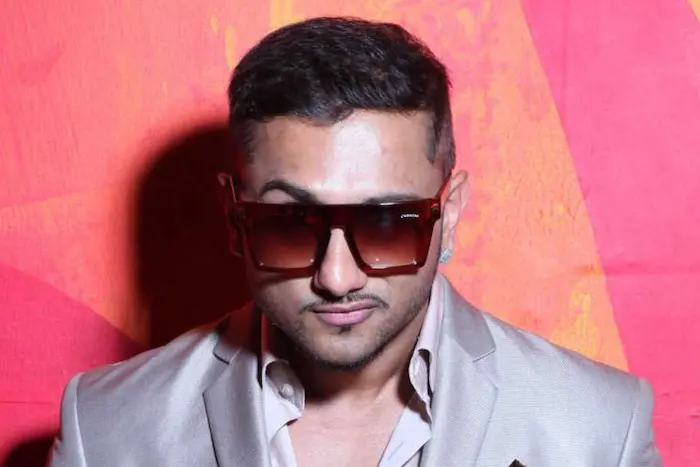Punjabi rap has grown into a powerful force in the global music scene. This genre has not only resonated with audiences in Punjab and India but has also captured the hearts of listeners worldwide. Combining traditional Punjabi music with modern rap, it reflects a unique blend of culture and contemporary music trends. The rise of Punjabi rap highlights the genre’s adaptability and its ability to connect with people from diverse backgrounds.
I. The Roots of Punjabi Rap
Traditional Punjabi Music
Traditional Punjabi music has always been rich in rhythm and melody. It is deeply rooted in the cultural practices of the Punjabi people. Folk songs, Bhangra beats, and traditional instruments like the dhol have been central to Punjabi music. These elements have influenced the evolution of Punjabi rap, providing a rhythmic and melodic foundation that distinguishes it from other rap genres.
Introduction of Rap to Punjabi Music
Rap music began influencing Punjabi artists in the late 1990s and early 2000s. Initially, Punjabi music was dominated by Bhangra and pop songs. However, artists like Bohemia brought rap into the mainstream. His style combined Punjabi lyrics with rap beats, creating a new genre that resonated with the younger generation. This fusion opened the door for many others to experiment with this style.
II. Key Artists in Punjabi Rap
Bohemia: The Pioneer
Bohemia, often referred to as the pioneer of Punjabi rap, was instrumental in introducing this genre to the masses. His album ‘Pesa Nasha Pyar’ in 2006 was groundbreaking, blending Punjabi lyrics with rap rhythms. Bohemia’s influence is evident in how he opened up the genre, allowing other artists to explore and develop their styles. His success also showed that Punjabi rap could be a commercially viable genre.
Honey Singh: The Game Changer
Honey Singh, also known as Yo Yo Honey Singh, took Punjabi rap to new heights. His catchy beats and controversial lyrics made him a household name. Songs like ‘Angreji Beat’ and ‘Dope Shope’ became anthems for party-goers. Honey Singh’s music videos, often featuring lavish visuals and dance sequences, further popularized Punjabi rap. His approach made the genre more accessible to a broader audience.
Badshah: The Modern Icon
Badshah is another significant figure in Punjabi rap. Known for his smooth flow and catchy hooks, he has created several chart-topping hits. Songs like ‘DJ Waley Babu’ and ‘Kala Chashma’ have become cultural phenomena. Badshah’s music often blends Punjabi rap with Bollywood-style production, making his tracks popular in both film and music circles.
Divine and the Rise of Conscious Rap
While many Punjabi rap songs focus on fun and celebration, artists like Divine have introduced a more serious tone to the genre. Divine, though primarily known for his work in Hindi, has collaborated with Punjabi artists, bringing a conscious rap style to the fore. His lyrics often address social issues, adding depth and variety to Punjabi rap.
III. The Evolution of Punjabi Rap Sound
Incorporation of Western Beats
One of the defining features of Punjabi rap is its incorporation of Western beats and production techniques. Early Punjabi rap was heavily influenced by American hip-hop, with artists adopting beats, rhythms, and production styles from the West. This fusion created a fresh, energetic sound that set Punjabi rap apart from other genres.
Traditional Instruments in Rap
While Western influences are strong, many Punjabi rap songs also feature traditional instruments like the dhol, tumbi, and algoza. These instruments add a distinct Punjabi flavor to the music, blending the old with the new. The combination of traditional instruments with modern rap beats creates a unique sound that is instantly recognizable.
Electronic Dance Music (EDM) Influence
In recent years, Punjabi rap has also been influenced by EDM. This genre’s fast-paced, high-energy beats have been seamlessly integrated into Punjabi rap, creating tracks that are perfect for dance floors. The EDM influence has also made Punjabi rap more appealing to a global audience, as electronic music is popular worldwide.
IV. The Cultural Significance of Punjabi Rap
Punjabi Pride and Identity
Punjabi rap is deeply intertwined with Punjabi pride and identity. The lyrics often celebrate the Punjabi way of life, highlighting the community’s strength, resilience, and vibrant culture. Through rap, artists express their love for their language, traditions, and homeland, creating a strong sense of cultural unity among listeners.
Global Influence
Punjabi rap has transcended borders, reaching audiences around the world. Diaspora communities in countries like Canada, the UK, and the US have embraced Punjabi rap, making it a global phenomenon. This international appeal has helped to spread Punjabi culture and language, making it an essential part of the global music landscape.
Language and Linguistic Playfulness
Punjabi rap is characterized by its playful use of language. Artists often mix Punjabi with English, creating a hybrid language that resonates with younger audiences. This code-switching not only reflects the bilingual nature of many Punjabi speakers but also adds a dynamic element to the music, making it relatable to a broader audience.
See Also: Can You Tell Where Rap Music Is From by the Beat?
V. Conclusion
Punjabi rap has come a long way from its humble beginnings. It has evolved into a genre that not only entertains but also reflects the rich cultural heritage of the Punjabi community. The genre’s ability to adapt and innovate has made it a significant force in the global music industry. As new artists continue to emerge and push the boundaries of the genre, Punjabi rap’s influence is set to grow even further. This genre is more than just music; it is a powerful expression of identity, culture, and creativity that resonates with audiences worldwide.

